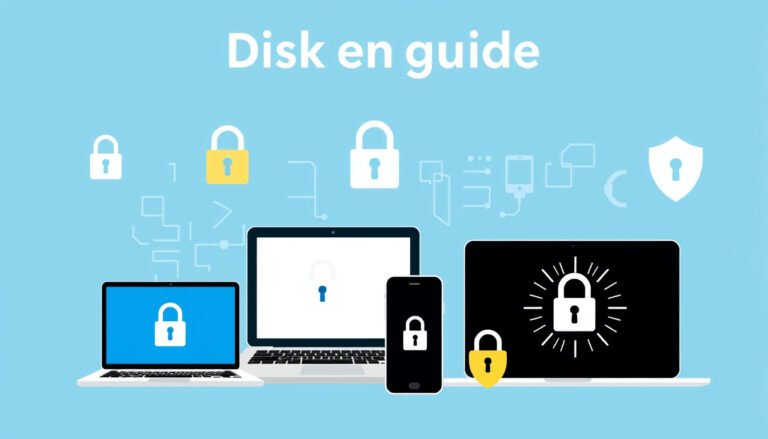
In today’s fast-paced world, managing your time effectively is crucial for success—whether you’re a professional handling multiple projects or a student juggling coursework and assignments. Task scheduling tools have emerged as vital aids to help you organize, prioritize, and visualize your workload, enabling you to master your day and boost productivity. This guide will explore the essentials of task scheduling tools, how to select the right one for your unique needs, and best practices to get the most out of these powerful resources.

What Are Task Scheduling Tools?
Task scheduling tools are software applications designed to help users plan, allocate, and track tasks over specific periods. They automate and streamline the process of organizing responsibilities, setting deadlines, managing priorities, and often facilitating collaboration within teams. These tools range from simple to-do lists and calendars to complex resource scheduling platforms integrated with project management functionalities.
Why Use Task Scheduling Tools?
Without task scheduling tools, managing multiple tasks and deadlines typically involves juggling various calendars, spreadsheets, and reminders manually—a process prone to errors, oversight, and inefficiency. Scheduling tools provide several benefits:
- Enhanced Organization: Consolidate tasks and deadlines in one accessible platform.
- Improved Time Management: Allocate time realistically and avoid overbooking.
- Increased Accountability: Track progress and identify bottlenecks early.
- Better Prioritization: Visualize urgent or important tasks to focus efforts.
- Collaboration Support: Share schedules and assign tasks within teams seamlessly.
- Reduced Stress: Eliminate guesswork and last-minute rushes through foresight.
Types of Task Scheduling Tools
From the latest reviews and user insights, task scheduling tools fall broadly into these categories:
1. Resource Scheduling Software
Ideal for project managers and team leaders, resource scheduling tools focus on assigning the right people with the right skills to tasks while balancing workloads. Examples include Kantata, Resource Guru, and Scoro. Their features often include real-time availability visualization, workload balancing, and forecasting to optimize resource utilization and prevent burnout.
2. Meeting & Appointment Schedulers
These tools help individuals and teams automate the booking process, sync calendars, and manage recurring meetings efficiently. Cal.com, Motion, and Calendly (though now eclipsed by Cal.com) exemplify feature-rich meeting schedulers ideal for SMBs, sales teams, and customer support.
3. Task & Project Management Apps
Platforms like Monday.com, Asana, and ActiveCollab provide comprehensive task management with timeline views, subtasks, progress tracking, priority setting, and color-coding — functionalities highly valued by students and professionals seeking granular control over diverse tasks.
Key Features to Look for in Task Scheduling Tools
To maximize productivity, consider tools incorporating these core features:
- Progress Tracking: Accurately records task completion status with subtasks contributing incrementally.
- Priority Management: Dynamically adjusts task priority, flagging urgent items as deadlines approach.
- Visual Timelines: Gantt charts or calendar views to understand task duration and overlaps at a glance.
- Customization: Allows tailoring of categories, color codes, and workflows to fit personal or organizational needs.
- Integration: Syncs with other software like email, calendars, or CRM systems for a seamless workflow.
- Collaboration: Supports shared schedules, task comments, notifications, and assignment features.
- Automation: Enables workflow automation to send reminders, update tasks, or handle recurring events.
Selecting the Right Task Scheduling Tool for You
Choosing the perfect scheduling tool depends on your specific requirements:
- For Individuals or Students: Look for straightforward interfaces with visualization of task progress, customizable priorities, and the ability to split large tasks into subtasks (e.g., Notion Calendar, Monday.com).
- For Small to Medium Teams: Opt for tools that provide collaboration, real-time workload visibility, and integration with communication apps (e.g., Scoro, Productive).
- For Enterprises or Agencies: Invest in advanced resource scheduling with forecasting and portfolio management capabilities (e.g., Kantata, Planview Clarizen).
- For Appointment Scheduling: Choose flexible schedulers suited for customer-facing roles with powerful round robin and workflow automation (e.g., Cal.com, Motion).
Free trials or free-tier plans are valuable for testing usability before committing financially.
Best Practices for Using Task Scheduling Tools Effectively
- Set Clear Goals: Define what you want to achieve daily, weekly, and monthly.
- Break Down Tasks: Split large undertakings into manageable subtasks to accurately monitor progress.
- Prioritize Smartly: Adjust priorities based on deadlines and task complexity.
- Regularly Review Schedules: Update deadlines and task statuses frequently to keep plans current.
- Leverage Automation: Use reminders and automated notifications to stay on track without constant manual input.
- Share With Stakeholders: If working in teams, maintain transparency by sharing schedules and progress reports.
- Avoid Overloading: Use tools to monitor workloads and avoid burnout by balancing assignments.
Conclusion
Task scheduling tools are indispensable companions in the journey toward mastering time management and maximizing productivity. By selecting the appropriate tool tailored to your context and adopting disciplined usage habits, you can transform overwhelming workloads into clear, manageable plans. Whether managing projects, professional appointments, or study commitments, task scheduling empowers you to take control, work smarter, and achieve more with less stress.
Harness the power of task scheduling tools today and unlock your full productivity potential!









